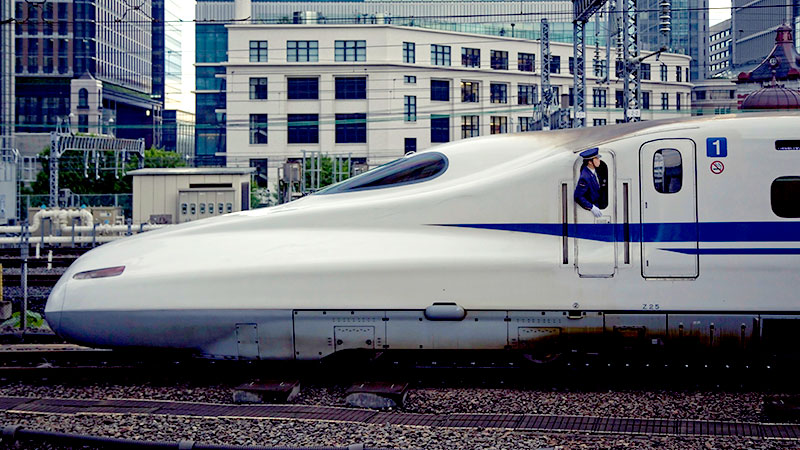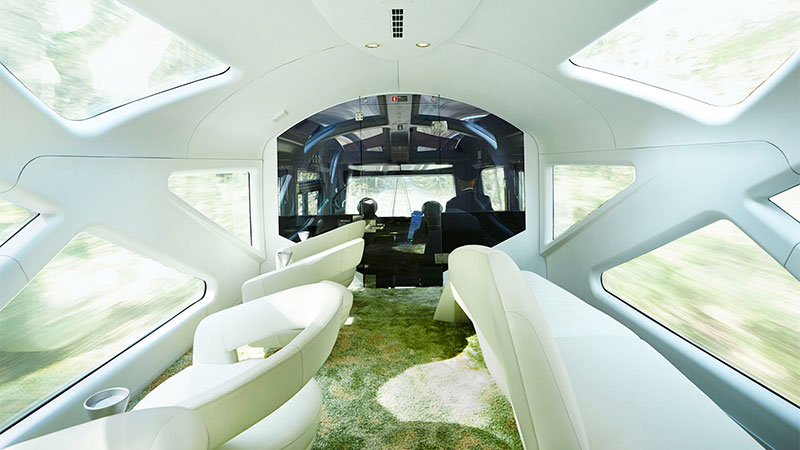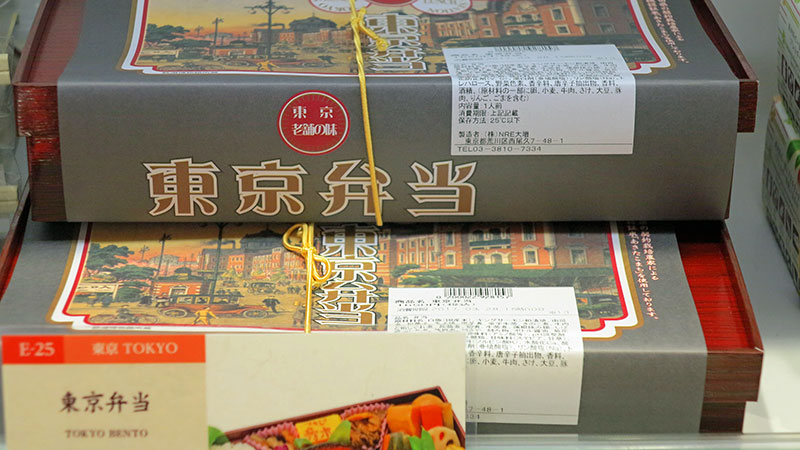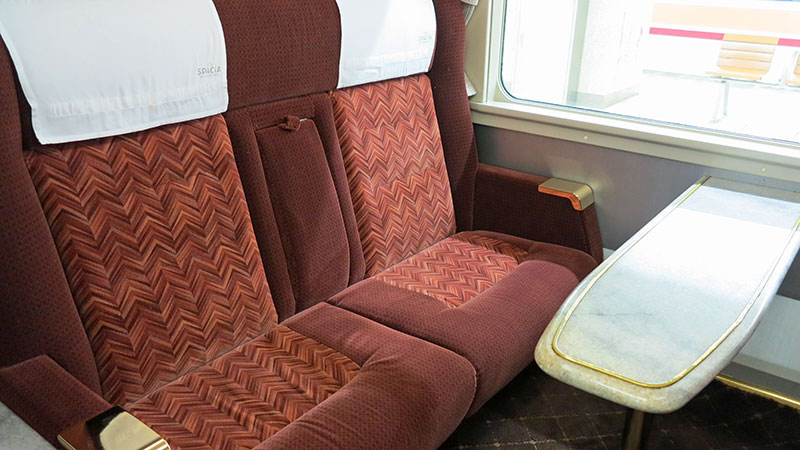
Sumo? tea party? Android bar? cat cafe Ninja school? While all experiences are worthwhile, it is riding the rails Japan who rules them all.
As much a cultural, culinary, and social experience as transportation, you don't need to be a thoughtful train driver to appreciate the allure of Japan's world-leading rail network.
There are countless sites, blogs, forums, and much-loved Reddit threads filled with railroad enthusiasts who feed on Japan's trains and dissect every bit of train-related news that hits the headlines.
Take the bullet train around Japan on Intrepid Journey.>
There's no doubt about it, Japan's trains have reached cult status (which is almost certainly true). disbelief It happens to Los Angeles buses).
A mode of transportation frequently used by people from all walks of life, a train trip in Japan is not just for travelers on a budget.
In Japan, trains are a way of life for everyone from students to well-to-do earners and well-to-do families. There is even an ultra-luxurious train scene in Japan evidenced by the fact that the new shiki-shima sleeper train is booked more than a year in advance even though the ride costs up to $9,000 per person.
So what's so good about Japanese trains anyway? The answer: almost everything.
express trains
Reaching speeds of up to 320 kilometers per hour (200 mph), Japan's bullet trains (or shinkansen) may fly across the country like bats from hell, but somehow they also manage to maintain a zen vibe inside.
Japan's trains are so clean, eerily quiet, efficient, and always reliable, that they make your country's rail network look pretty shoddy (unless, of course, you're from Germany).
Japan's Most Unique Culinary Experience: Deli>
> Five traditional alleys in Japan where the locals eat
On my most recent trip from Tokyo to Sendai, I took the Tohoku Express, which covers a staggering 304 kilometers in just over 90 minutes. With the fastest operating speeds of the entire network, this line is the holy grail for speed nuts who want to experience a bullet train at the peak of its superhuman strength.
Aside from traveling at near-warp speeds, there are plenty of other features worth celebrating. Fast, free Wi-Fi ensures passengers stay connected throughout the journey, nifty retractable coat racks ensure your coat doesn't wrinkle, and a trolley loaded with beer and snacks comes right after you leave the terminal.
The ultra-clean, graffiti-free windows mean unlimited mountain and country views (although those vistas are a little blurred by the blistering speed of travel). Basically, Japan is responsible for creating a utopia for trains.
food train
Just like airplane food, regular train food can be hit and miss (but often miss). From ham and cheese croissants drenched in the microwave by a slutty woman, to a shapeless, colorless bubble that may or may not be an attempt at eating an omelette (cheer Indian Railways — you did your best), eating train food is a globally risky proposition. It's also a high stakes game when considering the Spartan toilet scenario on most trains around the world.
As responsible for some of the world's greatest culinary experiences, it's no surprise that Japan also excels on train food. Aside from grabbing some in-car snacks and snacks (fresh sushi, beer and other snacks can be easily bought mid-journey at reasonable prices), train station bento boxes (known as ekiben) are where you're at.
Immaculately presented in ornate boxes featuring beautiful artwork and printing, ekiben can be purchased from train station platforms and retailers located in and around train stations. From tonkatsu (fried pork cutlet) with cabbage, to rice served with chunks of succulent snow crab meat, there are hundreds of varieties of ekiben to choose from. Some come in miraculous self-heating boxes that magically heat your meal when opened.
Getting to the train station early is a good idea, because perusing the amazing array of ekiben on offer can take some time (many tourists are sure to miss their train due to drifting into the ekiben shopping hole before boarding). You have been warned!
green car
Sure, the standard Japan Rail Pass offers exceptional value, but if you're happy to hand more cash for a more luxurious experience, you can't go wrong with upgrading to a Green Car.
Perfect for small groups traveling together, seating in the Green Car offers more privacy and comfort than what you get in a main camper. Think of it as a first-class ride shared with your friends.
In your own car complete with USB charging ports, climate control, oversized seats and a sturdy fold-out table perfect for playing cards or arranging a bento banquet, it's hard not to feel smug about traveling in a green car.
literature
Unlike many other train journeys, respect is at the heart of a train journey in Japan. With most passengers going out of their way to make sure they don't talk too loudly or take up too much space, riding a train in Japan is thankfully stress-free or hassle-free.
Having seen many bitter battles over seat allocation, armrest area, luggage space, toilet line cuts and rowdy children, Japan's trains are mostly a conflict-free zone.
Boarding is always an orderly, considerate experience that is very polite and caring. With ticket inspectors bowing to the carriage before examining tickets, and a team of cleaners lining up to bow to the carriage after completing an inefficient task of cleaning, riding a Japanese train is like stepping into an alternate universe in comparison to a long journey. Train journeys in most other countries.
Make sure to respect tradition - bow to other passengers, say arigato, don't put your feet on the seats and whatever you do, don't leave the station without stocking up on your ekiben.
Source link




0 Comments